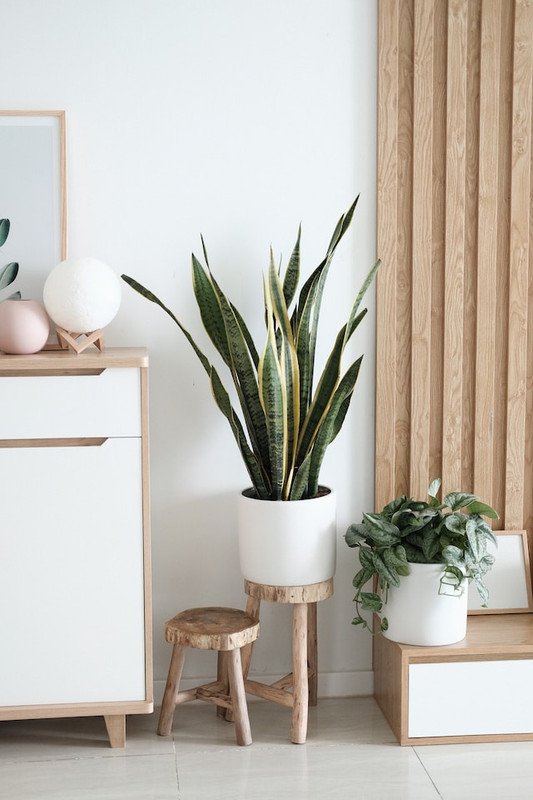1. Overwatering: Yellowing foliage, withering, and soggy ground are signs.
Solution: Let the ground dry out in between applications of water. Make sure the drainage is adequate, and change the frequency of your waterings based on the demands of the plant.
2. Underwatering: Yellow or brown leaf margins, arid soil, and general withering are the signs.
Solution: When the top inch of soil is dry, properly water the plant. Follow a regular watering regimen to keep the soil wet.
3. Inadequate Drainage: Signs include soggy ground, decaying roots, and yellowing foliage.
Repot the plant in a container with holes for drainage, and use soil that drains well to avoid standing water.
4. Inadequate Lighting: Signs include yellow or pale foliage, lanky development, and diminished energy.
Solution: Transfer the plant to a spot with enough light. While some plants need more light to grow, others do well in low light. Adapt to the demands of the plant.
5. Nutrient Deficiency: Signs and symptoms include weakening overall, yellowing leaves, and poor development.
Solution: To restore vital nutrients, fertilize the plant with a well-balanced, water-soluble fertilizer. Find out what requirements your particular plant species has.
6. Pests: Yellow patches, deformed leaves, and bug presence are symptoms.
Solution: Use neem oil or insecticidal soap to treat the plant after identifying the pest. Examine plants often to identify infections early.
7. Diseases: Symptoms include withering, brown or yellow patches, and fungal development.
Solution: Cut away the afflicted areas and apply the proper fungicides or bactericides to the plant. Maintain enough ventilation to stop the spread of illness.
8. Root Problems: Signs include yellowing leaves, slowed development, and a weakened general look.
Solution: Inspect for decay or overcrowding at the roots. Repot the plant in new soil, trim any damaged roots, and give the roots enough air.
9. Temperature Stress: Signs and symptoms include wilting, yellowing leaves, and sensitivity to temperature variations.
Solution: Prevent abrupt temperature swings by keeping the temperature steady. Keep the plant out of drafts and very hot or cold places.
10. Chemical Exposure: Growth impairment, leaf discolouration, and yellowing are the symptoms.
Solution: Plants should not be near locations that smell strongly of chemicals. Make sure there is enough ventilation, stay away from smoke, and use gentle cleaning supplies.
Finding the exact reason why your indoor plant's leaves are turning yellow is essential to applying the right remedy. Making sure your indoor plants are healthy requires regular monitoring, proper watering techniques, good lighting, and keeping a clean atmosphere.
